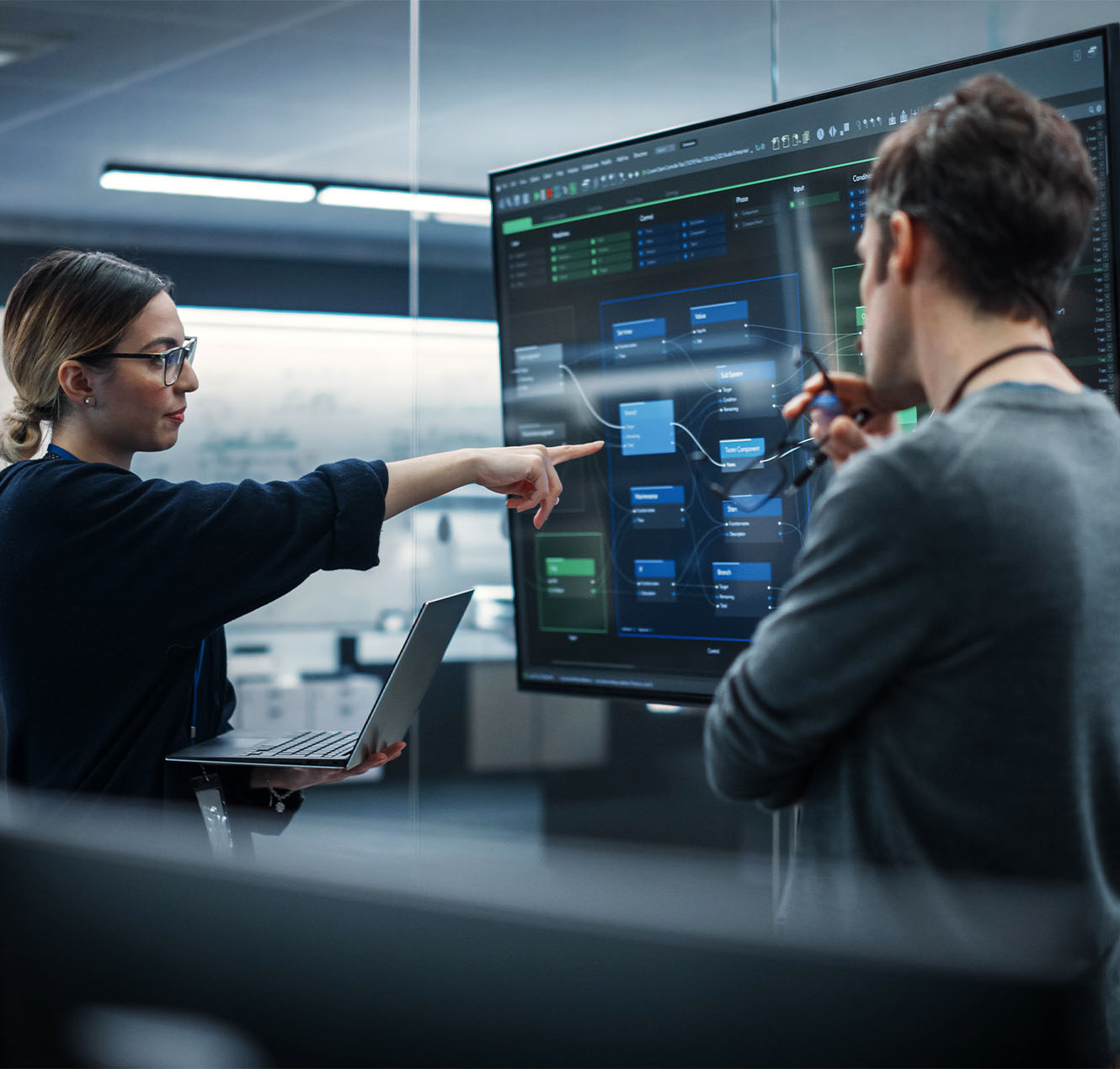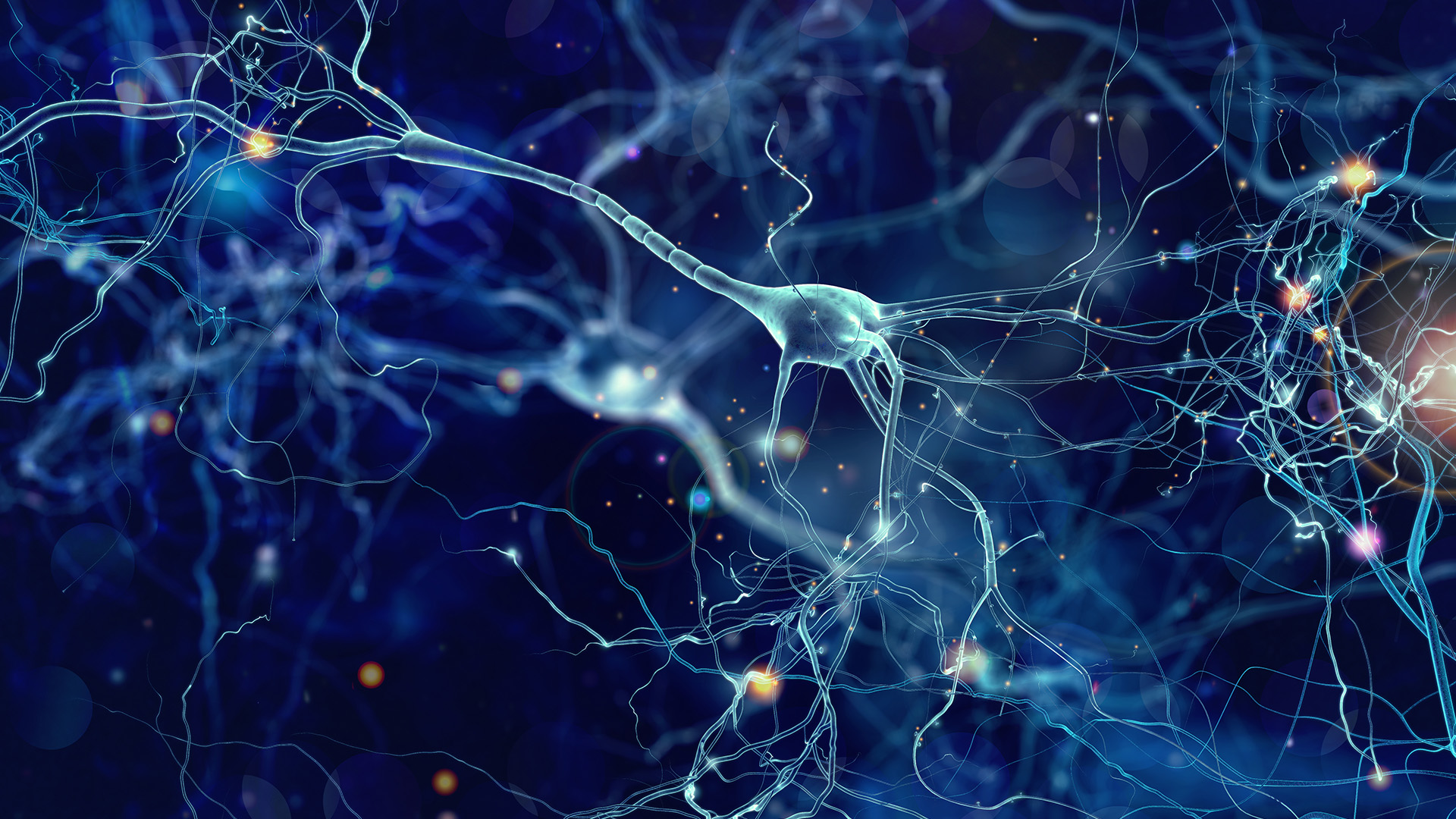Fact Finder
Top 20
Hi QuiltmanIt was almost 4 years ago we announced this joint demonstration with Tata, which in turn would mean BrainChip was working with TCS sometime before this announcement.
In other words, Tata & BrainChip have been working together for at least 5 years.
I suspect now that a commercial arrangement has been announced (ie. " partnership " ), commercial products will materialise relatively quickly, as the groundwork has already been done.

We appear to agree with you that this relationship between Brainchip and Tata Group of companies could be at least of five years standing probably much longer.
Considering the length of time most research work takes and the fact that Douglas Fairbairn stated that it took Megachips about 18 months to get their engineers up to speed with AKIDA technology before they announced the agreement with Brainchip it is entirely possible that for Tata Consulting Services engineers to lead the demonstration of AKIDA technology doing a live demonstration of gesture recognition to control a robots movements on 14 December, 2019 it may well be that the relationship commenced way back in 2018.
If so this then allows for the feedback from early access customers that Peter van der Made referenced which caused them to go back to the drawing board on AKD1000 and delay its taping out by 12 months to have come in part from Tata Consulting Services.
Now assuming this to be correct about how long standing this relationship has been then I will share with you what I consider the missing piece of the medical applications puzzle:
“Tata Elxsi opens a dedicated Global Engineering Center for Aesculap as part of the strategic multi-year engagement
Bangalore, Oct 28, 2020– Tata Elxsi, a global design and technology services company, announces the opening of a Global Engineering Center (GEC) with Aesculap AG, a subsidiary of B. Braun, one of the world´s leading manufacturers of medical devices and pharmaceutical products and services. Tata Elxsi has been selected as the global engineering services partner by Aesculap. The GEC is part of a strategic multi-year engagement in the field of engineering services.The GEC serves as a platform of talent and expertise for product design & engineering, regulatory support and clinical evaluation services. This center will be essential to accelerate innovation, drive the transformation and growth for Aesculap‘s medical business.
Martin Schaeuble, Vice President Abdominal and Cardio-Thoracic Surgery, Aesculap commented on this announcement” Tata Elxsi has proven to be the right partner, bringing the right mix of technical expertise and program management skills. Together with Tata Elxsi we are in the position to continue our innovation activities as well as adherence across Aesculap ‘s product portfolio."
"We are elated to be selected as a strategic partner of Aesculap. It is an absolute honor for us to be part of this journey in supporting Aesculap through our Global Engineering Center, bringing together integrated competencies in R&D and innovation, digital technologies, deep domain understanding of medical devices and ever-evolving regulatory standards. This further consolidates our position in the Medical Devices and Healthcare market in Europe, and strengthens our relationship with Aesculap and the B. Braun group," said Nitin Pai, Chief Strategy Officer and CMO, Tata Elxsi.
About Aesculap
With over 64,000 employees in 64 countries, B. Braun is one of the world’s leading manufacturers of medical devices and pharmaceutical products and services. Through constructive dialog, B. Braun develops high quality product systems and services that are both evolving and progressive – and in turn improves people’s health around the world.With 3,600 employees at the headquarters in Tuttlingen and 12,600 worldwide AESCULAP® belongs to the B. Braun Group. Since 1976, Aesculap is thus part of a family-run company. Aesculap is a reliable partner for all treatment concepts in surgery, orthopedics and interventional vascular medicine. With products like the Digital Surgical Microscope Platform Aesculap Aeos® the company strives for innovations, which result in medical advances“
As you know and have documented in many of the above posts Tata Consulting Services has been driving research into the use of wearable devices for monitoring health conditions particularly cardiac conditions and exploring every aspect of SNN technology with Arijit Mukherjee even confirming on LinkedIn the ongoing close relationship with Brainchip it makes sense at least to me, to believe that the early positive findings by Tata Consulting Services translated into interest and research by Tata Elxsi and Aesculap/Braun Group at their jointly developed Global Engineering Centre for the purpose of advancing the design of medical devices and pharmaceutical products and services.
This being the case some may well be taken by surprise as to the speed with which this Brainchip and Tata Elxsi partnership commences to bear fruit.
As they say time will tell but with the release of AKIDA 2.0, confirmation that AKD1000 is the stuff of science fiction and capable of supporting space missions and AKD1500 achieving perfect production first time through Global Foundries it seems reasonable to believe
AKIDA technology will be found fit for purpose, remembering that almost on the day of the announcement a senior sales executive at Tata Elxsi was calling out the over priced nature of Nvidia Jetson in comparison to AKIDA technology.
Now I admit he could have been talking through his hat but at his level of seniority the odds of him coming out with these comments without some deeper understanding of AKIDA technology born out of the posited long term relationship as opposed to a sales briefing on the day of the release seem fairly high particularly given the type of customers/clients he would be dealing with on behalf of Tata Elxsi noting they do not service the retail market and his target audience are not the type to line up in the street over night to buy the next big thing as a result of a
bit of marketing spin on LinkedIn.
My opinion only so DYOR
FF.
Last edited:


